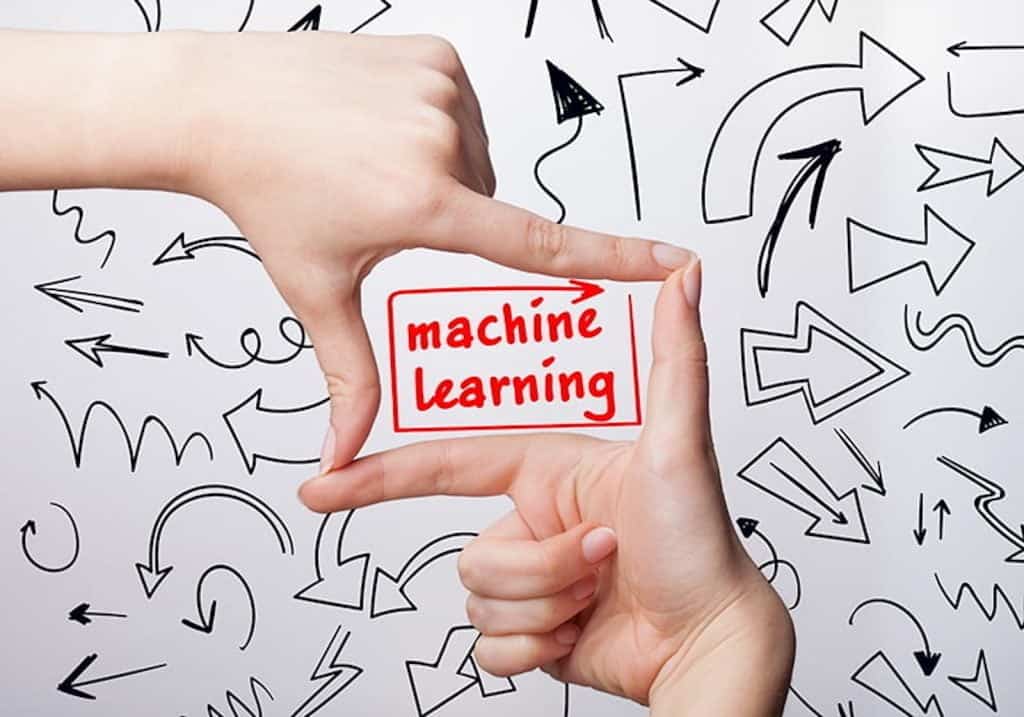Read on to learn the different image annotation techniques to accelerate your Computer Vision-based model project implementation.
Machine Learning is an exciting application of Artificial Intelligence that profoundly impacts nearly all industries and verticals. These new-gen technologies are ubiquitous in the modern world, helping businesses to enhance their efficiency without letting the costs spiral up. They make tasks from complex to simple easily attainable—automated stock trading, automatic response to queries, recommendation engines, computer vision, and customer service are some examples.
It has significantly improved speech recognition, biometric identification, online fraud detection, traffic prediction, etc., on a massive scale. No wonder why the AI/ML market is expected to grow from around 22.6 billion USD to nearly 126 billion USD by 2025! (These figures are as sourced from Statista)
At its core is Computer Vision, which is a fascinating application of Machine Learning. It empowers the computer to see and interpret the world as humans do. The performance of a Computer Vision-based model highly depends on the accuracy and quality of its training data, which is essentially composed of annotated images, video, etc.
Process At Glance
In practice, image annotation labels images to train AI/ML models. Human annotators leverage image annotation tools and techniques to label images and add relevant information tags, for example, by assigning appropriate classes to different entities in an image. The resultant structured data is then fed to a Machine Learning algorithm, often called training a model.
Consider a case in point: you are looking to train an autonomous vehicle to detect and identify different objects in its surrounding. Here, the annotators annotate different objects on the road in a given set of images. Using this data, you can train a model to recognize and detect vehicles as well as discriminate them from potholes, lanes, traffic lights, pedestrians, or potential obstacles to navigate safely.
A self-driving car is one example of how image annotation fuels Computer Vision models. Its use cases are countless, and you can read them in detail by clicking here:
Decoding The True Potential of Visual Data with Image Recognition Services
Image Annotation Techniques
There are many image annotation techniques, and getting a firm grasp of the most common of these is crucial to understand your Computer Vision-based project needs and what kind of annotation tool must be used to address those.
- Bounding Boxes & Cuboids
Bounding boxes, in general, are more effective when the objects of interest are symmetrical. In this, rectangles are drawn around objects such as trucks, furniture, and parcels.
Images labeled with this technique help ML algorithms detect and locate objects easily—this is what the autonomous vehicle industry relies on, for instance. Labeling traffic signs, pedestrians, and vehicles help self-driving cars navigate the road safely. Cuboids are an effective alternative to bounding boxes, where the only difference is that the first one is two-dimensional, and the latter is three-dimensional.
- Polylines
Polylines are probably one of the easiest image labeling techniques to comprehend apart from the bounding boxes. These are used to annotate line segments such as lanes, wires, and sidewalks. Practically, small lines joined at vertices are used to locate shapes of structures such as rail tracks, pipelines, and streets.
As you might have guessed, the polyline technique is fundamental for training AI/ML-enabled vehicle perception models enabling cars to trace themselves in the large road schemes on top of the abovementioned applications.
- Polygons
Polygons are often used to annotate the edges of objects with asymmetrical shapes, such as vegetation, rooftops, and landmarks. This is a very specific way of annotating objects, as it involves picking a series of x and y coordinates along the edges. Hence, outsourcing image annotation is a smart way to get such tasks done quickly and accurately.
This technique is often used in object detection and recognition models due to their pixel-perfect labeling ability, flexibility, and the possibility to capture more angles and lines as compared to other options. Another significant feature of polygons is annotators’ freedom when adjusting their borders to denote an object’s precise shape whenever required.
- Key Points
The key point technique annotates very specific features on top of the target object, such as body parts, facial features, and poses. Using this image annotation technique on a human face, you can pinpoint the location of the eyes, ears, nose, mouth, and so on.
More specifically, key points are commonly used for security purposes since they allow Computer Vision models to quickly read and distinguish different human faces. This feature makes it a widely used technique in facial recognition use cases, including emotion detection, biometric boarding, etc.
Going Forward
Artificial Intelligence and Machine Learning are the major driving forces of the modern tech environment across diverse industries, from insurance to healthcare, security, agriculture, sports, etc. Image annotation is the sure shot way to create better and more reliable Machine Learning models; hence, more advanced technologies. So, its role can’t be overstated.
Remember that any Machine Learning model is as good as its training data, and engaging in professional image recognition services can help you accelerate your project implementation. They help you build a model that delivers excellent quality results by constantly delivering a large amount of accurately labeled images, videos, or data. Are you ready to get started?
FAQ
A: Image annotation is the process of labeling specific objects or regions within an image to provide context and meaning to the machine learning algorithms. It involves adding annotations such as bounding boxes, polygons, or semantic labels to indicate the presence and location of objects of interest. Image annotation is crucial for training machine learning models, particularly for tasks like object detection and identification, as it provides the necessary ground truth data for the algorithms to learn from.
A: There are several common types of image annotation techniques used in machine learning, including:
1. Bounding Box Annotation: Drawing rectangles around objects of interest.
2. Polygon Annotation: Drawing irregular shapes or outlines around objects.
3. Semantic Segmentation: Labeling individual pixels or regions with corresponding object classes.
4. Landmark Annotation: Identifying specific points or landmarks on objects.
5. 3D Cuboid Annotation: Annotating objects in 3D space using cuboid-shaped volumes.
The choice of annotation technique depends on the specific requirements of the machine learning task and the level of detail needed for object detection or identification.
A: Image annotation plays a crucial role in simplifying object detection and identification in machine learning in several ways:
1. Training Data Preparation: Image annotations provide ground truth labels that allow machine learning models to learn and identify objects accurately.
2. Algorithm Training: Annotated images are used to train algorithms to detect and recognize objects in new, unseen images.
3. Evaluation and Performance: Annotations enable the evaluation and assessment of the performance of object detection algorithms by comparing their predictions to the ground truth labels.
4. Real-World Applications: Image annotation is vital for various real-world applications, including autonomous vehicles, medical imaging, facial recognition, and surveillance systems, where accurate object detection and identification are essential.
A: Image annotation for machine learning can present some challenges, including:
1. Subjectivity and Variability: Different annotators may have varying interpretations, leading to inconsistencies in annotations.
2. Time and Resource Intensive: Depending on the complexity of the annotation task, it can be time-consuming and require skilled human annotators.
3. Scalability: Annotating large datasets or continuous streams of data can be challenging and may require efficient annotation tools or outsourcing to specialized annotation services.
4. Annotation Quality Control: Ensuring the accuracy and consistency of annotations across different annotators or annotation sessions can be a challenge that requires proper quality control measures.
A: There are several image annotation services and tools available for machine learning projects. Some popular options include:
1. Dedicated Annotation Service Providers: Companies specializing in image annotation services can offer professional annotation solutions tailored to your project’s needs.
2. Annotation Tools and Software: Various annotation tools and software platforms are available, ranging from open-source options to commercial solutions. These tools provide functionalities for efficient annotation and quality control.
3. Crowd Annotation Platforms: Crowdsourcing platforms that connect project owners with a community of annotators can be an option for large-scale annotation projects.
It is important to evaluate the specific requirements, budget, and desired quality of annotations before selecting the most suitable image annotation service or tool for your machine learning project.

